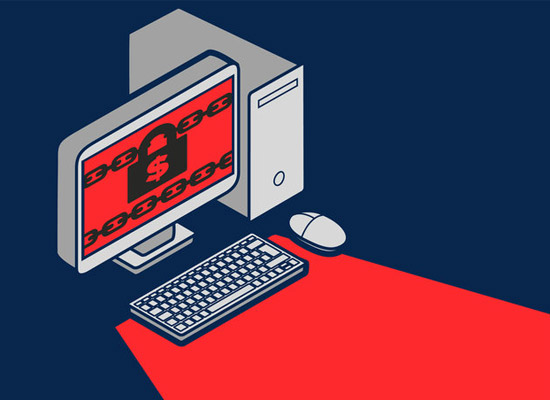ZERO TRUST FRAMEWORK
Introduction to the Zero Trust Security Model
What is zero trust? It is an information security concept that promotes not trusting anything or anyone. A user or device should first undergo verification. Once cleared, then they can gain access to the network’s resources. That’s the basic logic behind a zero trust framework.

A zero trust platform is not a product or service, but an organization’s approach to securing their networks. Google has its own version of zero trust architecture:BeyondCorp. Other companies have their own zero trust model of information security. Using a zero trust framework is essential and beneficial.
There are software vendors that can help you start applying a zero trust framework. Using their product or service is a cost-effective security solution. One reason is that most software vendors offer cloud-based solutions, which makes them cloud service providers as well.
All the hardware and software are on the cloud. Your cloud service provider will handle, manage, and maintain your zero trust network. You don’t have to worry about the technical stuff anymore. A cloud-based zero trust framework will give you peace of mind.
In this article, you will learn about the amazing benefits of having a zero trust network. You will also learn what software features to look for that will help with your zero trust framework.
THE BENEFITS OF A ZERO TRUST FRAMEWORK
Migrating to a zero trust platform has many security and business advantages. Here are the following benefits of migrating to a zero trust network:
| Benefits | Description |
|---|---|
| Most companies are still using ancient hardware and software. Even computing machines like ATMs still use Windows XP. People hesitate to update their equipment because of the cost and technical complexity. The answer to this is to use a cloud-based zero trust solution. A cloud service provider shoulders the hardware and software requirements of your business. They will install, maintain, and handle all the work for you. No need to worry about all the technical details. A cloud-based zero trust framework is a cost-effective security solution. |
| Have you read the news lately? As technology progresses, so do the methods of cybercriminals. Combating them is not easy. One option is to hire cybersecurity professionals, but this is an expensive approach. A cloud-based zero trust framework reduces the need for a staff of professionals. Your cloud service provider will handle and manage your zero trust network. |
| Having a zero trust network prevents data breaches from happening. How? An attacker needs to pass through many authentications before gaining access. The basic principle is to never trust anything and always verify. |
| It is necessary to change one’s password at least once a month. This is for your Windows account only. You also need to consider your email, social media, and other accounts. Remembering all these passwords is stressful. A cloud-based zero trust security model relieves you from this stress. This also gives a consistent user experience over several computing devices. |
| A location is not an indicator of trust. An attack can come from inside the network. A zero trust platform applies the “never trust and always verify” principle. Visibility should be the basis of verification. You can’t verify something if you can’t see it on the network. A zero trust framework shows visibility on the network and the user or device accessing the network. It also shows what applications this user or device is trying to access. |
Those are just a few of the awesome benefits of a zero trust framework. The next section covers software features to look for.
SOFTWARE FEATURES THAT SUPPORT A ZERO TRUST FRAMEWORK
Every cloud service provider uses software to help strengthen your network’s security. Doing this adds network protection. Here are features that add layers of defense:
| Features | Description |
|---|---|
| This is like a whitelisting approach. Certain websites are inaccessible due to security reasons. Remember the “never trust and always verify” principle. |
| A firewall is your first defense against threats. It watches over inbound and outbound traffic for any suspicious activity. |
| All unknown apps and processes will run inside a container. This ensures that they will not harm your network. Another term for this feature is auto-sandboxing. |
| Cybercriminals will automate attacks through malware. Your antivirus should be able to deal with the following:
|
| This is like an intrusion detection system or IDS. It observes important operating system activities to ensure protection against malware intrusion. |
| This is a cloud-based immediate examination of suspicious files. |
Conclusion
You are now aware of what a zero trust framework is. You have learned about its various amazing benefits and know the software features that help a zero trust framework. For more information, please click here.





